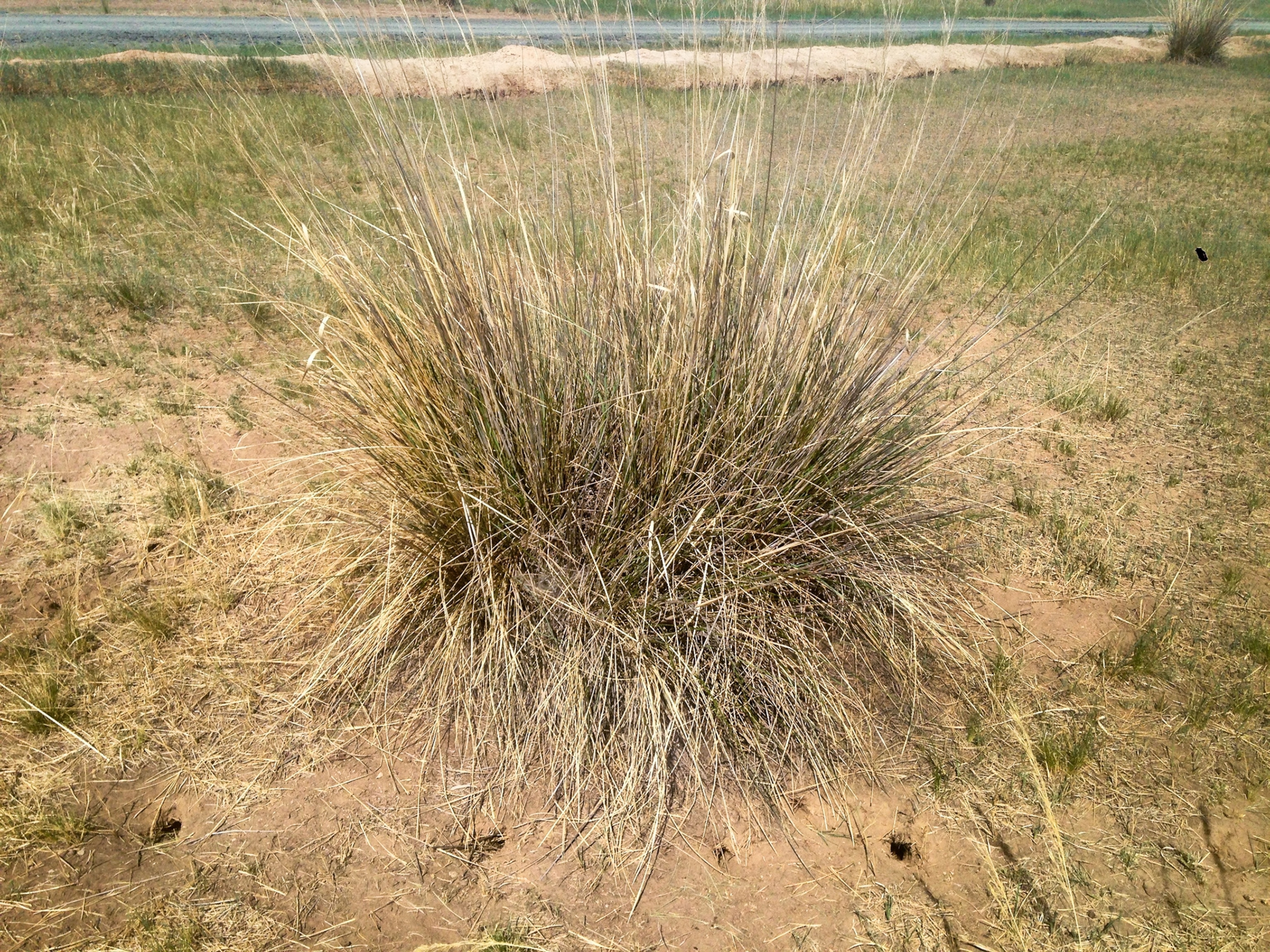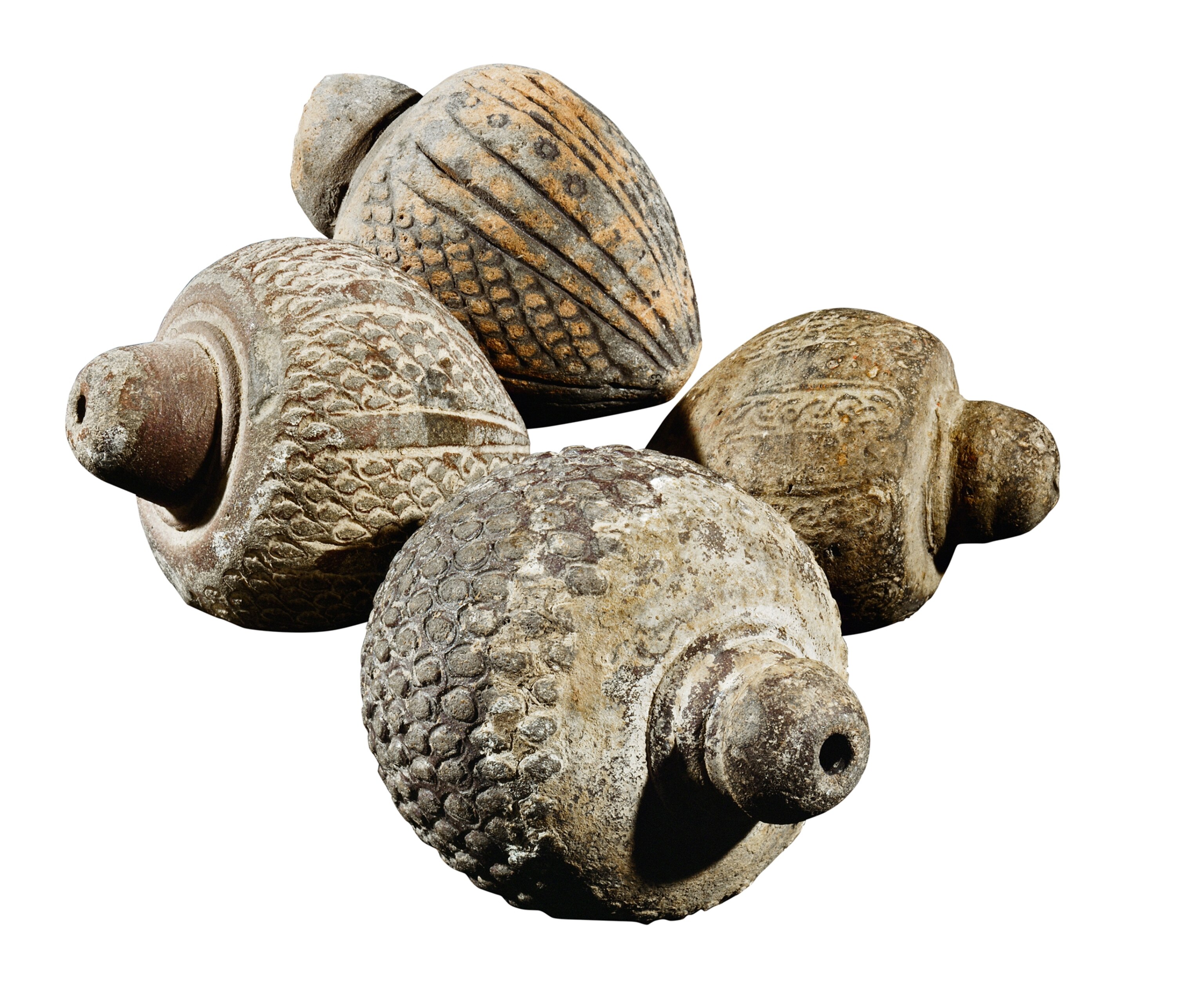
These rodents cut the grass around their homes
Intriguing science news includes lawn-mowing voles, ancient hand grenades, and the largest known land organism.
Cutting their risks

Trimming the grass around their homes may be a chore for many humans, but for Brandt’s voles it’s a matter of life and death, new research shows. The little rodents are found in grasslands in Mongolia, Russia—and China, where they’re regularly observed trimming tall grasses near the openings of their burrows so they can watch the skies for predators such as shrikes, their chief avian adversary.
When shrikes are flying around, Brandt’s voles use their teeth to fell the bunchgrass dotting their home fields. But the rodents neither eat the plant nor bring it into their burrows, scientists observed. As a test, the scientists put nets over the voles’ burrows so shrikes couldn’t get close—and the voles stopped cutting the grass.
The shrikes seem to have adapted also: They began avoiding areas where their hunting cover had been mowed by the voles, according to the study. Its findings are a reminder of how a single species, however small, can alter an entire ecosystem. —Annie Roth
Grenades hurled in Crusades?
In the Near East, ceramic vessels in spheroconical shapes are common artifacts. Recent chemical analysis suggests that some were used as explosive grenades during the Crusades in 11th- or 12th-century Jerusalem.
Incendiary devices weren’t new. Archaeologists have found evidence of hand grenades in 12th-century Cairo, naphtha firepots in ninth-century B.C. Assyria, and a chemical fireball used against Alexander the Great in 327 B.C. —Adrienne Mayor

Acres of aspens = one colossal tree
At more than 6,500 tons, a grove of quaking aspens growing on 106 acres in Utah is, by weight, Earth’s largest known land organism. What look like 47,000 separate trees are in fact genetically identical stems rising from one root system. Deer and cattle eating new aspen shoots threaten to kill this peculiar being—a tree that for millennia has been its own forest. —Craig Welch






